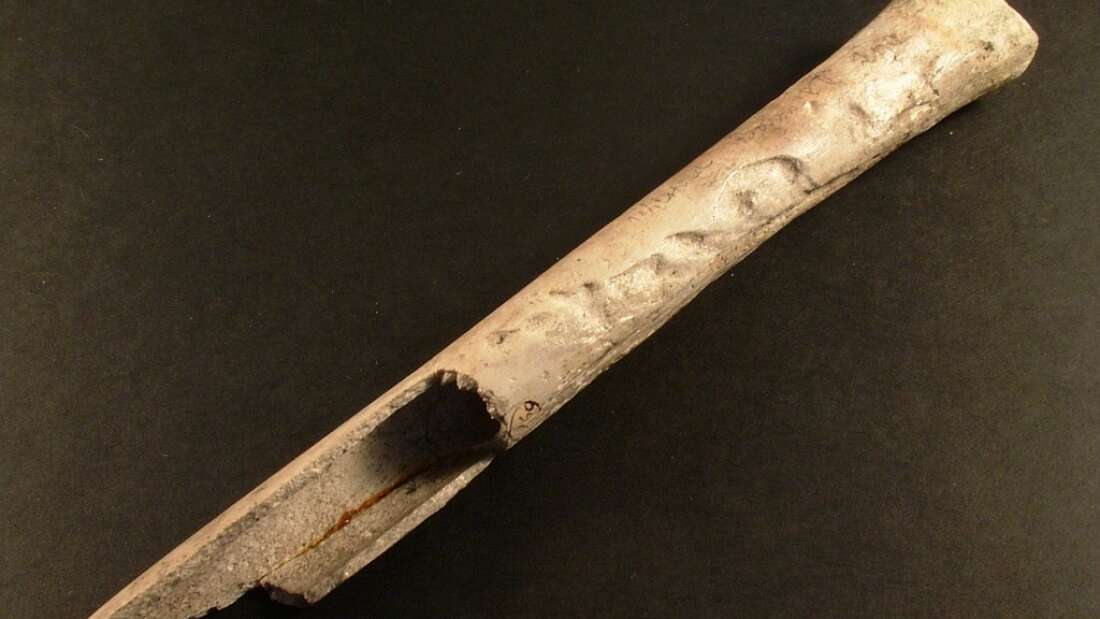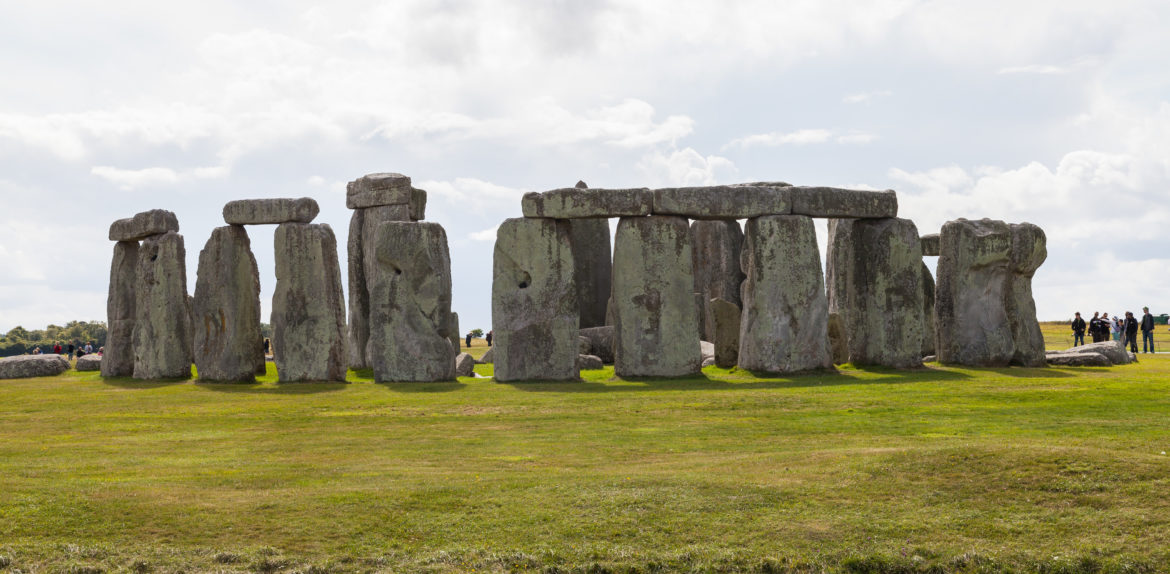BRISTOL, England – New evidence suggests that tribes of the Bronze Age in Britain used parts of their dead relatives as decorative items or instruments. Thomas Booth, who carbon-dated bone remains at the University of Bristol, has reported in the journal Antiquity recently that bone items buried with the dead had come from people who had died decades earlier. Microcomputed tomography, or micro-CT, was used to assess the bones: some of which had been exhumed and reburied, some of which were burned, and some of which had been excarnated. The information comes from 32 burial sites, containing bones from some 13 individuals who had died prior to the graves’ main inhabitants – up to 450 years before in some cases.
Some bone fragments came from people who had died a couple of generations prior to their reburial, but some were from as many as six generations before. One woman, at Windmill Fields, Stockton-on-Tees, was buried with the remains (skulls and limb bones) of at least 3 other people who had died between 60 and 170 years before her.

[Human femur converted to a musical instrument, found near Stonehenge. Courtesy: Wiltshire Museum
Booth reports that“This is the first evidence we have for an established Bronze Age tradition of curating human remains for substantial lengths of time, over several generations. It’s indicative of a broader mindset where the line between the living and the dead was more blurred than it is today. There wasn’t a mindset that human remains go in the ground and you forget about them. They were always present among the living.”
Booth’s colleague, Professor Joanna Bruck, of University College Dublin and visiting professor at the University of Bristol’s Department of Anthropology and Archaeology, says that there is evidence that some of these items were on display in the home, and at least one, a human thigh bone, was made into a flute, while others may have been used as amulets. Bruck says that
“Our study indicates that Bronze Age people were accustomed to handling the bones of the dead, even in their day-to-day lives. Bones belonging to significant ancestors were curated as relics, and even made into artefacts, some of which may have been used or displayed in the homes of the living.”
She adds that the findings suggest that “Bronze Age people did not view human remains with the sense of horror or disgust that we might feel today.”
We do not know the attitudes of Bronze Age tribes to death or the dead (and we are assuming that these were the bones of relations and not, for instance, captured and slain enemies; perhaps further DNA tests might shed more light on this issue). It has been suggested that those who were permitted to use antique bones as grave goods may themselves have been of a high social position. Other items in the graves suggest that these individuals were, indeed, of high status. The Tees-side woman mentioned above was buried with copper and jet beads and buttons, and copper bracelets. Another man, dating from around 2400 BCE, buried near Stonehenge at Boscombe, was accompanied by a boar’s tusk, five arrowheads, a number of flint tools, and decorated pots, plus the skulls and long-bones from at least four other people. One had died 150-300 years earlier and two had died up to 80 years prior to his own death.
The thigh bone whistle, which belongs to a person who had died some 50 years previously, comes from the grave of an 1800 BCE man buried at Wilsford. His grave also contains a stone battleaxe, a bronze axe, a boar’s tusk, like the Boscombe burial, a two-pronged bronze object, a bone plaque, and a grooved stone: the purpose of these last three items remains unknown.
Many of the relic bones – including some quite old ones – come from children. It is not known if the people to whom these bones belonged might have been kept above ground for a time in a mummified condition (rather as some cultures, like some in South America, kept deceased relatives around for some time after their deaths). However, we do know that at one point, Bronze Age tribes went in for mummification, at least for a limited time period.

[Image credit: Diego Delso – CC BY-SA 4.0\
It is safe to say that the approach taken to death would have been significantly different from our attitudes today in the Western world. Bruck notes that “Radiocarbon-dating of curated bones suggests that Bronze Age people’s sense of identity and belonging was based on their links to known kin who had died in the past few decades rather than to distant and anonymous ancestors.”
Brucks added that the practice appears to have been common in the past. “Our research demonstrates that excarnation – the exposure of fleshed bodies to the elements – was, in fact, common throughout the Bronze Age, and evidence for the manipulation of partially fleshed bodies in a variety of ritual practices indicates that Bronze Age people had a quite different attitude to death and the dead than we have today,” Brucks noted.
Booth added that rituals may have accompanied the process of incarnation. “It’s likely you have a whole ceremonial smorgasbord of what you can do with human remains and we just see glimpses of the various ways in which they were used. Human remains always have some intrinsic power. Perhaps they brought some comfort,” Booth said.
It has been suggested that the spirits of the people to whom the relic bones belonged might serve a protective purpose, perhaps accompanying the newly dead person on an arduous journey through the afterlife, since they had done the trip before. The custom seems to have died out from around 1600 BCE, but a new way of using old bones appears to have become widespread from 1500BC. From here until around 600BCE, bones from those who had died between 2- 150 years earlier were buried in significant places, such as animal watering holes, entrances to houses, and the ditches which marked field boundaries, perhaps serving a protective function.
The British pagan community has, for some time, been at the forefront of different ways of looking at death and the ancestors, with some members of the community forming organisations to run funerals, and groups such as HAD (Honouring the Ancient Dead) advocating for the dignified treatment of human remains of British pagan provenance in contexts such as excavation, storage, museum display, disposal, repatriation and reburial. These new insights into our ancestors’ burial customs may provide further food for thought – although we don’t recommend turning your ancestors into musical instruments in the current day and age!
The Wild Hunt is not responsible for links to external content.
To join a conversation on this post:
Visit our The Wild Hunt subreddit! Point your favorite browser to https://www.reddit.com/r/The_Wild_Hunt_News/, then click “JOIN”. Make sure to click the bell, too, to be notified of new articles posted to our subreddit.